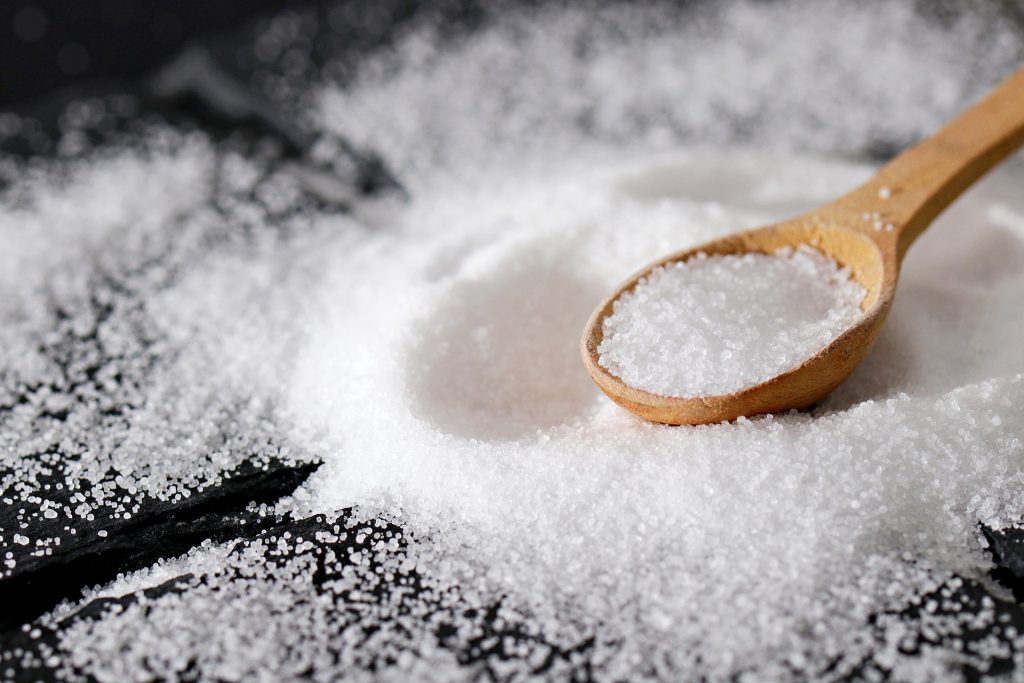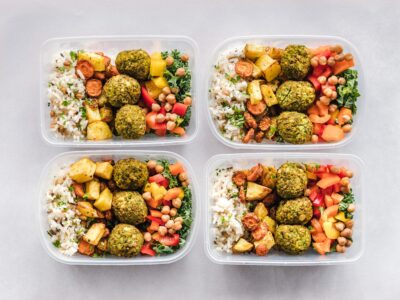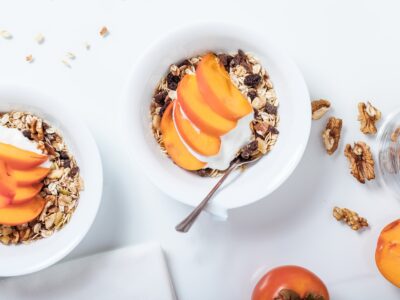Our bodies need salt for essential functions but eating too much can disrupt the natural balance in the body. This can lead to health problems, including high blood pressure, heart disease, kidney problems and stroke. Scary stuff, right?
The guidelines for adults are no more than 6g of salt per day, which is around one teaspoon. If you don’t cook with salt, you might think that you’re well within this guideline but the truth can be surprising.
Most of us consume a lot more than this, especially as salt is often added to foods as a preservative and to add flavour.
This can make it challenging to keep an eye on how much salt you really eat and cut back on your intake.
But you can definitely eat less salt without compromising on flavour. As you cut more salt out of your diet, you’ll usually find that you lose the taste and craving for it as your taste buds adapt.
Here are our tips for eating less salt.
Check Food Labels
Even if you don’t salt your food, you can still consume plenty of hidden salt in your everyday diet. As much as 75% of the salt we eat on a day-to-day basis is lurking in the foods we eat, and we often have no idea just how extensive this is.
Common culprits include:
● Processed or cured meats and fish
● Prepared sauces, especially cheese sauces and anything with bacon, ham and olives
● Cheese
● Canned soups, especially if they also contain ham, bacon and cheese
● Bread
● Cereals
● Table sauces, including mayonnaise, gravy, mustard, ketchup and soy sauce
● Ready meals
The amount of salt can vary between brands, even for similar products. You can often cut your salt intake significantly by checking food labels and choosing lower salt options.
Thanks to the colour-coding system for nutritional information, it’s usually easy to see how much salt there is in a specific product and whether it’s classed as a high, medium or low salt choice.
Don’t forget to factor in portion sizes too, though. Nutritional information is often given per 100g servings, which may not be the portion that you’ll realistically eat.
Cook From Scratch
When you cook your own food, you have much more control over the salt content. As long as you don’t add it into your cooking, it’s easy to use hardly any salt without noticing the difference.
● Make your own pasta sauces and soups instead of using pre-made ones.
● Make the most of natural and healthy flavourings such as herbs and spices.
● Acidic flavours bring out the taste of food in much the same way as salt. Think vinegar and citrus fruits.
Eat Plenty of Vegetables
Vegetables are naturally low in salt. Fresh vegetables are your best bet but frozen and canned vegetables also tend to be low in salt.
Check the labels to make sure that salt hasn’t been added, though. Some canned vegetables can be higher in salt.
Roasting vegetables such as peppers, sweet potatoes, courgettes, tomatoes, and parsnips can enhance their natural flavour without the need for salt. You can also drizzle in olive oil and herbs for an extra taste boost.
Use Herbs and Spices To Add Taste
If you tend to add salt when cooking, get into the habit of using alternative sources of flavour. Your food will still taste good (maybe better!).
Garlic, herbs and spices are a great way to add all-important flavour to meals without reaching for the salt. As a bonus, they also contain a multitude of nutritional benefits so it’s a great move from that perspective too.
Black pepper is another way to add flavour, especially for pasta or scrambled eggs.
Factor In Soluble Medications
If you take any medications in soluble form, be aware that they can contain salt too. If your medications are adding to your salt intake, see if you can swap them for non-soluble alternatives, which will often have less salt.
Tips to Consume Less Salt When Eating Out
When you’re eating out, it can feel that you have less control over the salt content of your food. You can still make sure you’re consuming less salt by being smart with your choices.
● Go for vegetable or chicken toppings on pizza rather than meat or a cheese-fest.
● Choose pasta dishes with tomato-based sauces rather than cheese or bacon.
● Plain rice has a lower salt content than egg-fried rice or pilau rice.
● Sandwiches with vegetable or chicken fillings will be less salt heavy than cheese, ham or pickle based fillings.
● Get salad dressings on the side and limit how much you use. Where possible, avoid the dressings completely as they’re often high in salt and fat.





